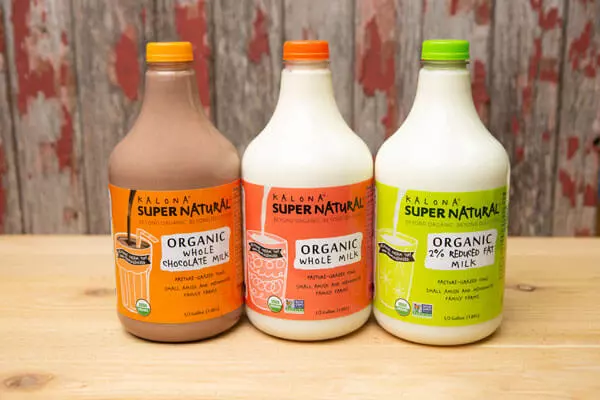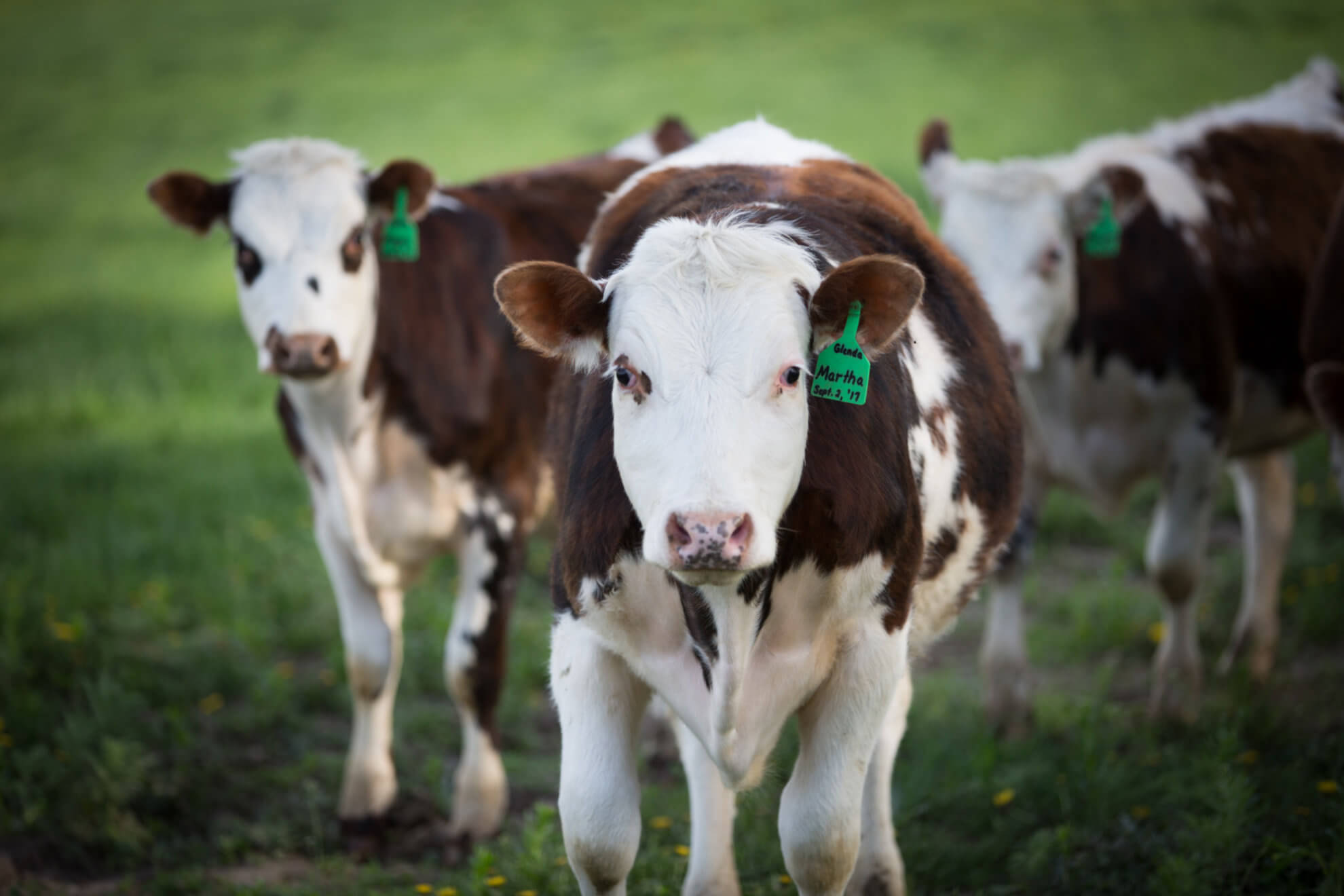
Dairy vs plant-based milk?
Grocery stores are flooded with milk options. But how do you know which one(s) to choose for you and your family? We get it, the decision is hard one to make. We’ve answered the common questions on the common debate, dairy vs plant-based milk.
How do I know what is right for me?
This is a complex question to answer, frankly. There are many issues to take into account when making this very personal choice:
- General nutrition
- Personal beliefs
- Environmental impact
- Individual health issues
Which is more nutritious?
Let’s do a little comparison of nutrition facts of whole milk vs. commonly found plant-based alternatives.
As you can see, it depends on what health benefits you are looking for. If you are solely counting calories, a plant-based milk may be the right option for you. However, if you are looking for full fat, minimally-processed options and high protein, an organic whole milk option may be the best for you.
| Kalona SuperNatural Organic Whole Milk | So Delicious Organic Coconut milk (Unsweetened) | Silk Cashew (Unsweetened) | Silk Almond (Original) | |
| Serving Size | 1 cup | 1 cup | 1 cup | 1 cup |
| Calories | 150 | 45 | 25 | 60 |
| Total Fat | 8g | 4.5g | 2g | 2.5g |
| Saturated Fat | 4.5g | 4g | 0g | 0g |
| Trans Fat | 0g | 0g | 0g | 0g |
| Cholesterol | 25mg | 0mg | 0mg | 0mg |
| Sodium | 105mg | 25mg | 160mg | 150mg |
| Total Carbohydrate | 12g | 1g | 1g | 8g |
| Dietary Fiber | 0g | 0g | 0g | <1g |
| Total Sugars | 12g | <1g | 0g | 7g |
| Added Sugars | 0g | 0g | 0g | 0g |
| Protein | 8g | 0g | <1g | 1g |
| Vitamin D | 0.1mcg | 30% | 25% | 25% |
| Calcium | 280mg | 10% | 45% | 45% |
| Iron | 0.1mg | 0% | 2% | 2% |
| Potassium | 320mg | 50mg | 25mg | 35mg |
What has a bigger environmental impact?

We say this all of the time at Kalona SuperNatural—not all organic dairy is created equal. Conventional dairy farming, of course, gets a bad rap regarding environmental impact. Large scale, organic dairy farms aren’t all that much better in all fairness. However, we believe our small, Amish and Mennonite family farms with an average herd size of 35 cows, presents a totally different environmental impact.
For starters, our farmers graze their cows on pasture for as many days as possible per season. This is best for the cows and for their operations. Generally, they also produce most of the other organic feed that is provided to their cows. This ends up being a closed loop system in many cases, all on one farm. This is easy to maintain organic standards and creates a well-managed, pasture and crop rotated system.
Yes, dairy operations require water for the cows and for cleaning. However, think of almond production in a drought-ridden state like California. This has a significant environmental impact and can’t possibly be a sustainable, long-term operation given the limited environments that almonds can be produced.
What should be labeled as milk?
This has been a topic that has been heating up recently and the FDA is now taking a closer look at this. As a milk brand, we can appreciate the concern but we aren’t sure this really makes a big difference due to the variety of factors that are causing people to choose plant-based alternatives over dairy.
However, we do enjoy watching the debate and some of the humorous commentary and videos that have come along as a result of this debate. Please enjoy this video on almond “milking”…we sure did!
